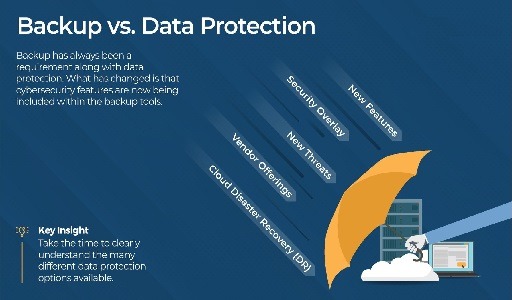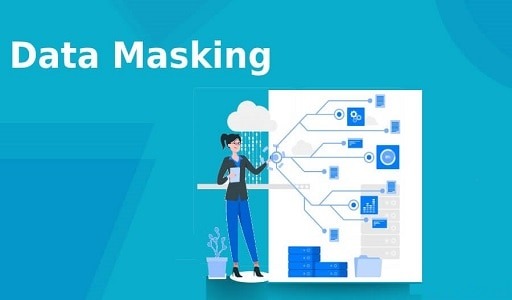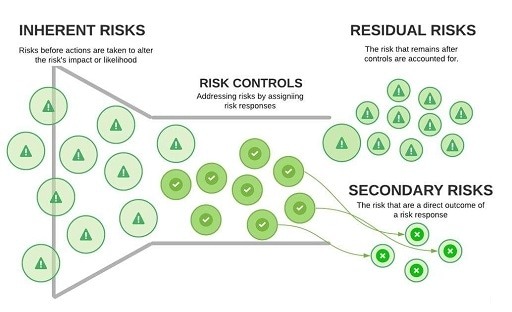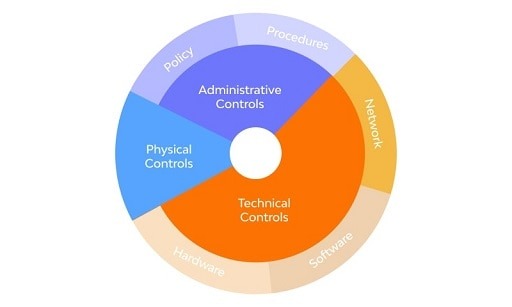As we store more and more data on our computers and devices, it becomes increasingly important to make sure that that data is well protected.
There are a number of ways to do this, but one of the most important is to create regular backups. Backing up your data ensures that you have a copy of it stored safely in another location so that if anything happens to your primary copy (e.g., your computer crashes or is lost or stolen), you can retrieve it.
There are a few different ways to back up your data, but the most common is to copy it to an external hard drive or a cloud-based storage service.
When backing up your data, it’s important to choose a location that is both safe and accessible. For example, backing up to an external hard drive that you then keep in your desk drawer is not as effective as backing up to the cloud, because if your house burns down, your backup will be gone too.

Similarly, it’s important to make sure that your backup is regular and up-to-date. If you only backup once a year, you could lose a lot of data in the meantime. A good rule of thumb is to back up your data at least once a month, or more often if you are regularly adding new data.
Continuity Software: StorageGuard complements existing data-protection solutions by adding a layer of security that prevents attackers from penetrating your storage systems and reaching the mass of data that is stored there.
The Importance of Backing Up Your Data
Backing up your data is important for many reasons. In the event of a disaster, such as a fire or a flood, your backups can help you recover your lost files. Even if you don’t lose any data, backups can be helpful if you accidentally delete a file or make changes that you later regret.
There are many different ways to back up your data, including using an external hard drive, cloud storage, or a backup service. You can even back up your data to a USB drive or SD card.
You can also read: Simple Guide to Data Backup and Restore Plans for Business
No matter what method you use, it’s important to back up your data regularly. If you only back up your data once in a while, you could lose a lot of important data if something happens to your computer.
If you’re not sure how to back up your data, there are plenty of resources available online. You can also contact a professional if you need help.
The Different Types of Data Backup
Data backup is a critical component of any disaster recovery plan. There are many different types of data backup, each with its own advantages and disadvantages. The most important thing is to choose the right type of backup for your needs.
The most common types of data backup are:
- Full backup: A full backup copies all of the files in a given set. It is the most complete type of backup, but also the most time-consuming and expensive.
- Incremental backup: An incremental backup copies only the files that have changed since the last backup. It is faster and cheaper than a full backup, but it does not provide as much protection.
- Differential backup: A differential backup copies all of the files that have changed since the last full backup. It is more complete than an incremental backup, but not as time-consuming or expensive.
- Mirror backup: A mirror backup copies all of the files in a given set to a second location. It provides the same protection as a full backup but is more expensive.
- Snapshot backup: A snapshot backup copies the state of a given system at a specific point in time. It is useful for taking backups of live systems but can be more expensive than other types of backups.
You can also read: Top 5 Programs You Should Have on Your Computer
The best type of backup for your needs will depend on the amount of data you have, the frequency of changes, and the amount of money you are willing to spend. Regardless of the type of backup you choose, the most important thing is to make sure that you have a plan in place and that you test it regularly.
The Best Methods for Data Backup
Data backup is essential for any business or individual who wants to protect their information. There are many different ways to backup data, and the best method for you will depend on your needs. Here are three of the best methods for data backup:
External Hard Drives
External hard drives are one of the most popular methods for data backup. They are relatively inexpensive and easy to use. You can store a large amount of data on an external hard drive, and they are portable, so you can take them with you if you need to.
You can also read: How to Save Your Smartphone Photos with PhotoStick Mobile
Cloud Storage
Cloud storage is a newer option for data backup. It allows you to store your data online, so you can access it from anywhere. This is a great option if you need to be able to access your data from multiple devices.
Flash Drives
Flash drives are a good option for backing up small amounts of data. They are small and portable, so you can take them with you wherever you go.
No matter which method you choose, data backup is an important part of protecting your information. Make sure you choose a method that will work for you and your needs.
Would you like to read more about how to keep your data safe-related articles? If so, we invite you to take a look at our other tech topics before you leave!












